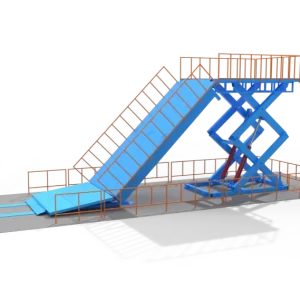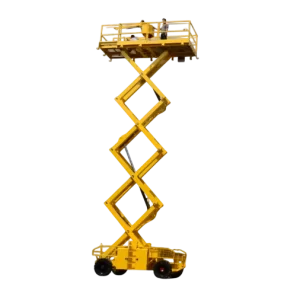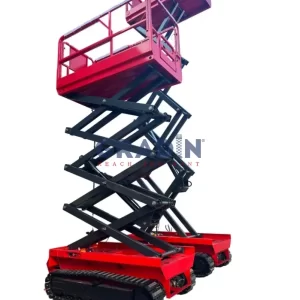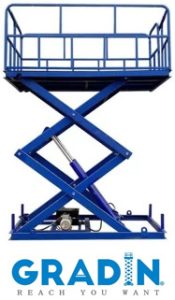Should You Wear a Harness in a Scissor Lift?
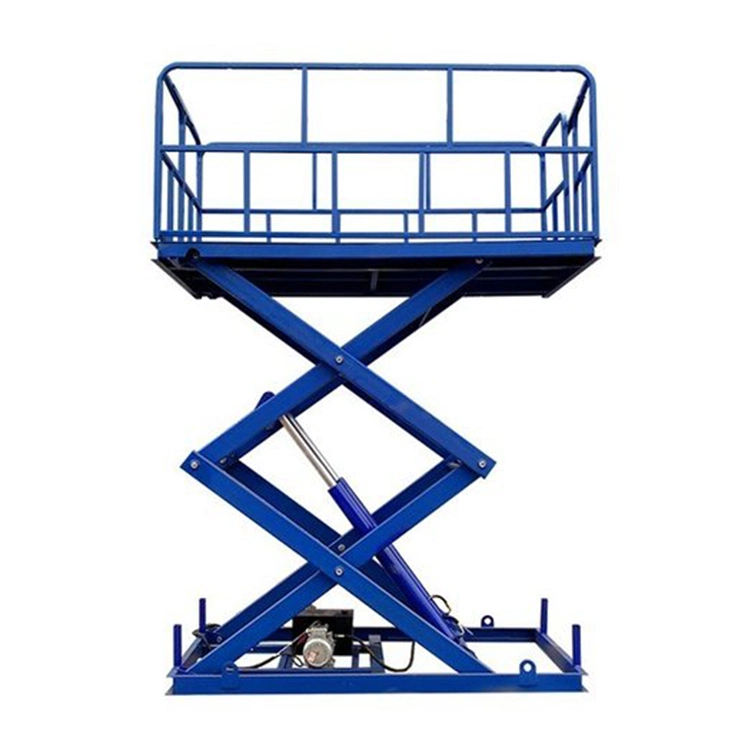
Home > Schaarlift > Should You Wear a Harness in a Scissor Lift?
FAQ
Tags
4 Berichten (1) Articulating Staircase (1) Automated (2) Automatisering (1) Batterij Elektrisch (2) Boomlift (4) Compact Design (1) Diesel (1) Double Chain (1) Duurzaamheid (2) Gemakkelijk te gebruiken (1) Efficient Actuation (1) Explosiebestendig (1) Snelle installatie (1) Vast (3) Geleiderail (3) Zwaar gebruik (3) Zeer sterk (4) Hydraulisch (20) Hydraulic Iris Opening (1) Industrial Elevators (1) inspect (2) Logistics Equipment (1) Logistieke oplossingen (1) Onderhoudsvriendelijk (1) MEZZANINE (1) Mobiel (1) Modulair ontwerp (2) Buitenlift (1) Production Line Solutions (1) Starre ketting (1) Rollenkettingen (2) Veiligheid (5) schaarlift (9) Zelfrijdend (3) Semi-Auto (1) Klein (3) Roestvrij (1) Op rupsbanden (1) Getraceerd (1) Verticale lift (1) Verticaal transport (1) VRC (1) Warehouse Solutions (2) Weerbestendigheid (1)
Should a harness be worn in a scissor lift
When it comes to working at heights, safety should always be a top priority. One common piece of equipment used for elevated tasks is the scissor lift. These lifts are designed for stability and are commonly used in construction, maintenance, and various industrial applications. However, a question often arises: should you wear a harness when operating a scissor lift?
The Importance of Safety
Scissor lifts are engineered to provide a safe working platform; they have a wide base and a low center of gravity, which minimizes the risk of tipping over. However, accidents can still happen. Falls from heights are one of the leading causes of workplace injuries and fatalities. Therefore, implementing additional safety measures is crucial.
Wearing a Harness
While scissor lifts typically come with guardrails to prevent falls, it’s advisable to wear a harness for several reasons:
- Added Protection: A harness provides an extra layer of safety. In case of unexpected movements or if a worker leans over the guardrails, the harness can prevent falls.
- Compliance with Safety Regulations: Many safety regulations and standards recommend or require the use of personal fall protection equipment, including harnesses, when working at heights. Adhering to these regulations not only ensures safety but also helps avoid potential legal issues.
- Working Conditions: If the work environment is subject to high winds, uneven surfaces, or other hazards, wearing a harness becomes even more critical. These conditions can increase the risk of losing balance or stability.
- Peace of Mind: Knowing you are secured in a harness can enhance focus and productivity. Workers can concentrate on their tasks without the constant worry of falling.
Manufacturer Guidelines
Always consult the manufacturer’s guidelines and safety instructions for the specific scissor lift you are using. Some lifts may have specific requirements regarding the use of harnesses and fall protection systems.
Company Policies
In addition to manufacturer recommendations, it’s essential to follow your company’s safety protocols. These policies are typically designed to comply with local regulations and industry best practices.
Conclusion
In conclusion, while scissor lifts are designed to be safe, wearing a harness is a recommended best practice for anyone working at heights. It provides added protection against falls, ensures compliance with safety regulations, and fosters a safer working environment. Always prioritize safety—both for yourself and your colleagues—when operating any equipment at elevated heights.
Top Rated Products
-
Laadklep met schaarlift
[LEES VERDER2 - 3 ton
30˚ - 45˚
W : > 6 mL : > 11 m -
G-GTJZ16RT 16-meter Diesel Schaarhoogwerker
[LEES VERDER≤ 1 ton
> 11 m
W : 1 - 2 mL : 3 - 5 m -
G-GTJZ13RT 13-meter Diesel Schaarhoogwerker
[LEES VERDER≤ 1 ton
> 11 m
W : 1 - 2 mL : 3 - 5 m -
G-GTJZ10RT 10-meter schaarlift diesel
[LEES VERDER≤ 1 ton
9 - 11 m
W : 1 - 2 mL : 3 - 5 m -
CFPT1214LD 10m schaarlift met rupsbanden
[LEES VERDER≤ 1 ton
9 - 11 m
W : 1 - 2 mL : 1 - 3 m
Contact with our experts, or request a quote now.

